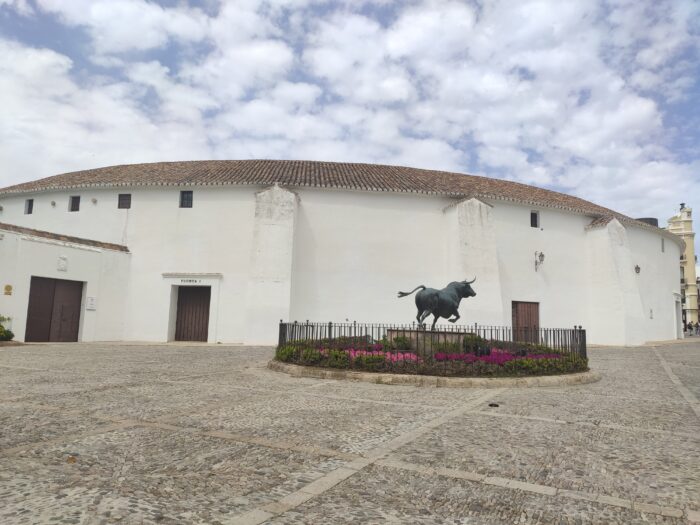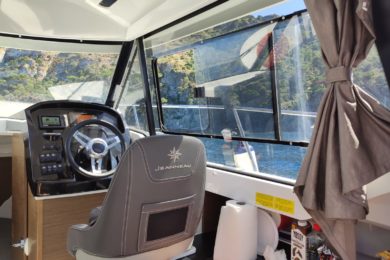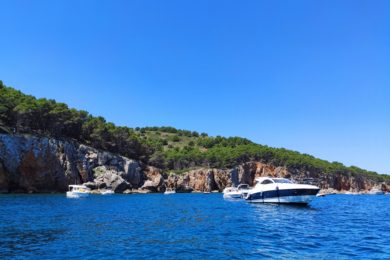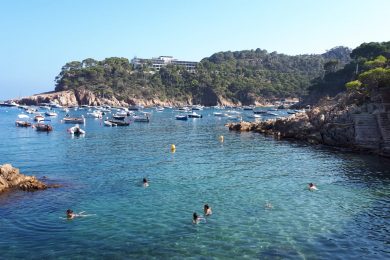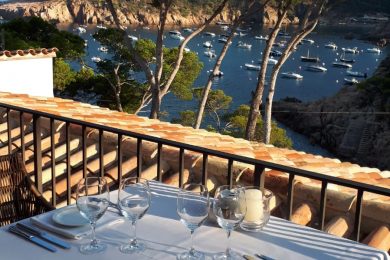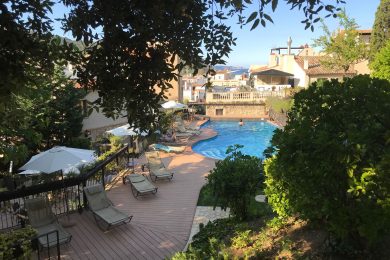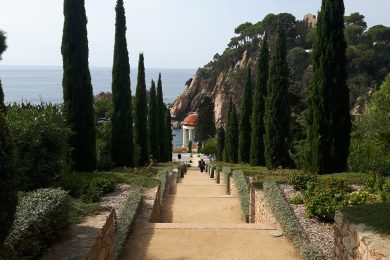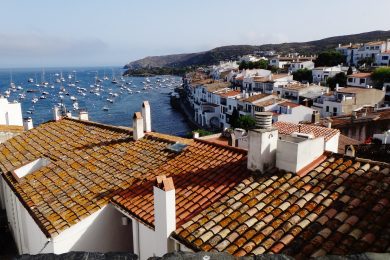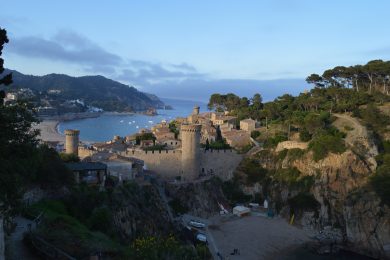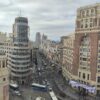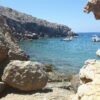Ronda is one of the oldest cities in Spain It now is one of the towns and villages that is included in the Sierra de las Nieves Natural Park. Its origins date back to the Paleolithic and good proof of this is the Cueva de la Pileta, one of the best examples of Andalusian Paleolithic rock art.
HOW TO GET TO RONDA BY CAR
Ronda is a Spanish municipality and town belonging to Andalusia, located in the northwest of the province of Malaga, about 100 kilometers from the city of Malaga. There is a lot of parking around the city, so don’t stress about that.
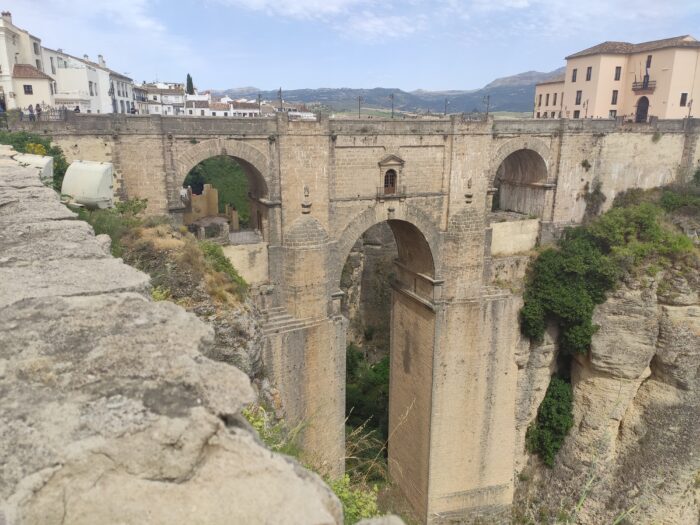
WHAT TO SEE IN RONDA
- The partially intact Baños Arabe (“Arabic baths”) are found below the city, beside the Puente Arabe ( Also known as the Puente Romano ) and date back to the 13th and 14th centuries. Nowadays you can visit them although you can not enjoy an original Arab bath but you can see all the facilities. Also, in its time, the Arab Baths used to fulfil the function of purifying the visitors who came to the city of Ronda. They are the best-preserved Arabic baths.
- The Palacio of the Marqués de Salvatierra opens irregularly as a small museum of Renaissance art and artifacts. The Palacio is an 18th-century renovation of an earlier 16th-century building gifted to the family of Don Vasco Martín de Salvatierra by the Catholic Monarchs when they redistributed the spoils of the Reconquest. In 1994, Madonna obtained a permit to shoot inside the palace of the Marquis of Salvatierra for the music video of Take a Bow.
- Despite the name, The Casa del Rey Moro was never the home of a Moorish king. It was built in the 18th century when Moorish Spain was already a distant memory. Its apparently Moorish gardens are even more recent, having been designed by the French landscape gardener Jean Claude Forestier in 1912. The house does incorporate one genuine and important relic of Ronda’s Moorish era: the so-called Water Mine, a set of steps down to the river carved into the cliff wall.
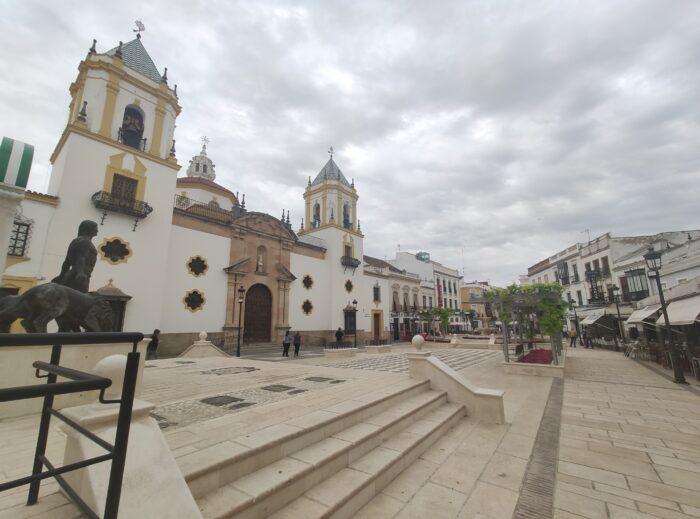
WHAT VISIT FOR FREE
- Plaza del Socorro is the modern political centre of Ronda. It was here that Blas Infante showed the Andalusian flag and coat of arms for the first time in 1918. The parish church of Socorro (Parroquia de Nuestra Señora del Socorro) was only built in 1956. The building was known as the Casino and Circulo de Artistas (Artists’ Society) is located on the north side of Ronda’s Plaza del Socorro.
- Three bridges: 1 – Puente Romano“Roman Bridge”; 2-Puente Viejo“Old Bridge”, and 3-Puente Nuevo“New Bridge”, span the canyon. The Puente Nuevo is the tallest of the bridges, towering 120 m (390 ft) above the canyon floor, and all three serve as some of the city’s most impressive features. The former town hall, which stands next to the Puente Nuevo, is the site of a paradox and has a view of the Tajo canyon.
